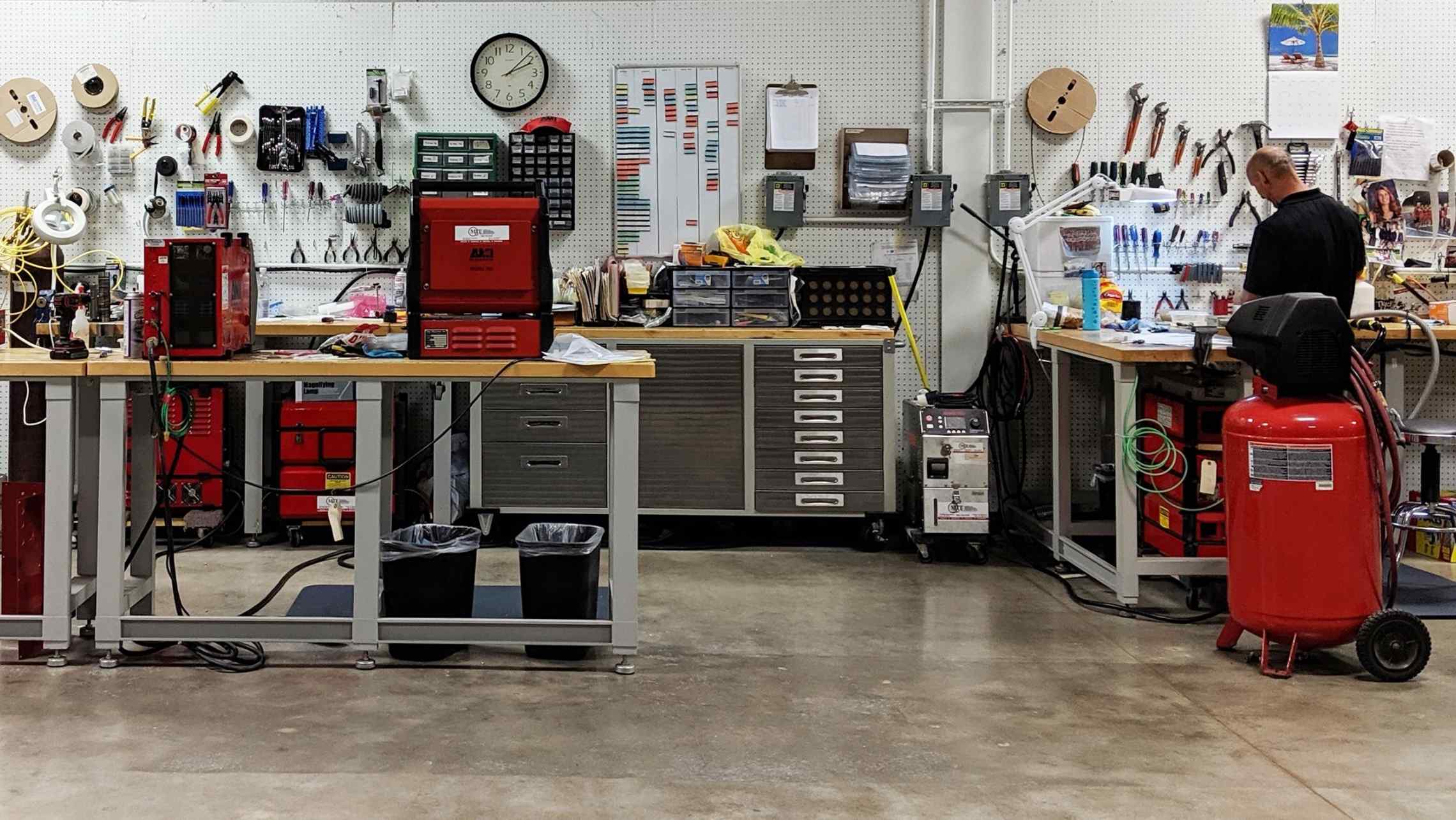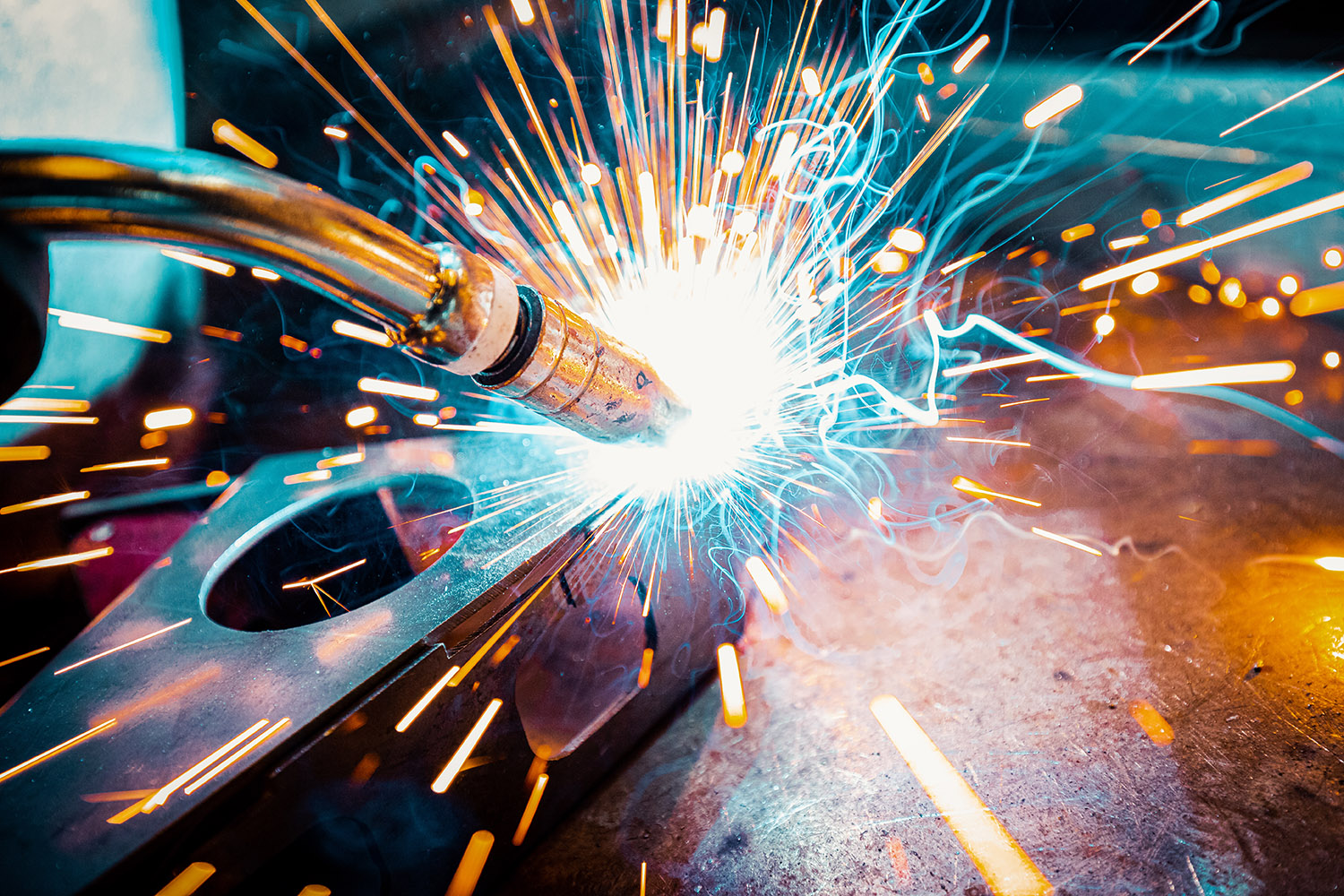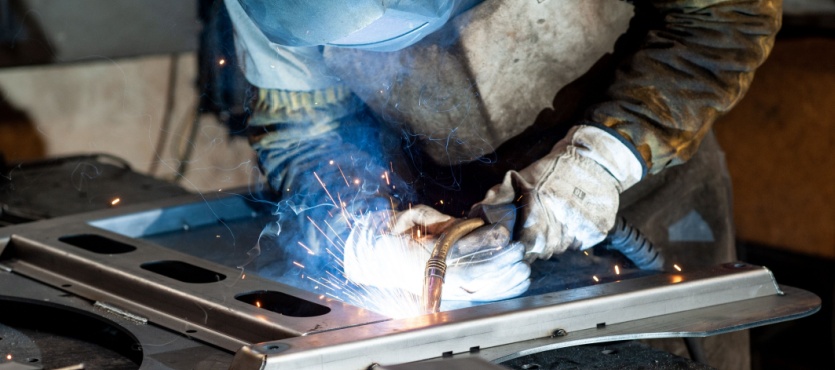Usual Welding Repair Work Issues and Just How to Address Them Properly
Welding repair services usually come across a series of problems that can jeopardize the integrity of the last product. Typical troubles include poor infiltration, porosity, and misalignment, amongst others. Each problem presents special obstacles that call for certain strategies for resolution. Comprehending these problems is important for welders aiming to improve their outcomes and abilities. This discussion will explore these common welding repair service issues and efficient techniques to resolve them.
Insufficient Penetration
Poor infiltration occurs when the weld steel stops working to fully fuse with the base product, leading to weak joints and possible structural failings. This problem frequently comes from insufficient warmth input, wrong electrode angle, or improper welding rate. Welders may come across insufficient infiltration because of a mistake of the necessary criteria for a particular material density or type. In addition, contamination on the base product's surface can prevent effective bonding, aggravating the trouble. To address inadequate penetration, welders need to ensure ideal setups on their devices and preserve a clean job surface. Normal inspection of welds is advised to determine any shortages early, permitting prompt modifications and the avoidance of endangered architectural integrity in bonded assemblies.
Porosity
Porosity is a typical flaw in welded joints that manifests as little gas bubbles caught within the weld steel. This issue can compromise the honesty of the weld, leading to lowered toughness and potential failure under stress and anxiety. Belgrade. Porosity generally emerges from contamination, wetness, or inappropriate welding techniques, which enable gases to escape right into the liquified weld pool. To attend to porosity, welders ought to ensure correct surface prep work, keep a clean working environment, and use ideal welding criteria. Furthermore, choosing the best filler product and protecting gas can reduce gas entrapment. Normal evaluation and testing of welds can help identify porosity early, assuring timely rehabilitative actions are taken, thus maintaining the high quality and reliability of the welded structure
Imbalance
Imbalance in welding can occur from different aspects, consisting of improper setup and thermal expansion. Comprehending the root creates is necessary for reliable resolution. Numerous adjustment techniques are readily available to realign components and assure architectural stability.
Sources of Imbalance
Welding imbalance often stems from a variety of underlying problems that can compromise architectural stability. One primary cause is incorrect fit-up of parts prior to welding, which can bring about gaps and irregular surfaces. Variants in thermal growth throughout the welding process can likewise lead to distortion, specifically if the products being joined have different coefficients of development. In addition, inadequate fixturing and securing might fail to hold parts safely in position, bring about motion throughout welding. Poorly maintained devices, including welding equipments and devices, may present inconsistencies in the weld grain, further adding to misalignment. Driver error, stemming from not enough training or experience, can likewise play a significant duty in creating misaligned welds.

Improvement Methods Offered
Dealing with misalignment properly requires a combination of rehabilitative methods tailored to the specific issues handy. One usual technique is using components or jigs to hold parts in the right position throughout welding, making certain constant alignment. Furthermore, preheating the materials can help in reducing distortion and enhance fit-up. For considerable misalignment, mechanical realignment techniques, such as making use of hydraulic jacks or clamps, can be employed to deal with the placement before welding. Post-weld warmth therapy might also be essential to alleviate anxieties triggered by imbalance. Ultimately, cautious evaluation and adjustment during the configuration stage can prevent imbalance issues from becoming significant troubles, advertising a smoother welding procedure and enhancing total architectural stability.
Distortion
Distortion is an usual obstacle in welding that can emerge from various factors, including unequal heating & cooling. Recognizing the sources of distortion is necessary for implementing efficient prevention strategies. Resolving this problem not just enhances structural stability however likewise improves the total high quality of the weld.
Causes of Distortion
When subjected to the extreme warmth of welding, products commonly undergo modifications that can cause distortion. This phenomenon mostly arises from thermal development and tightening throughout the welding procedure. As the weld area warms up, the product broadens; upon air conditioning, it contracts, which can create internal stress and anxieties. Furthermore, irregular home heating across a work surface can intensify these stresses, leading to bending or bending. The type of material likewise plays a considerable function; metals with differing thermal conductivity and coefficients of development may respond in different ways, leading to uncertain distortions. Bad joint layout and insufficient fixturing can contribute to misalignment throughout welding, raising the likelihood of distortion. Comprehending these reasons is crucial for effective welding repair work and avoidance methods.
Prevention Techniques
Reliable avoidance methods for distortion during welding concentrate on controlling warm input and making sure correct joint style. Keeping a consistent warm input helps to reduce thermal development and tightening, which can cause distortion. Using techniques such as pre-heating the workpiece can likewise reduce the temperature level slope, promoting consistent heating. In addition, selecting proper joint styles, such as T-joints or lap joints, can boost security and reduce stress concentrations. Carrying out proper fixturing to protect the workpieces in position better aids in maintaining positioning during the welding procedure. Staggered welding series can distribute warmth more uniformly, protecting against local distortion. By using these approaches, welders can greatly lower the probability of distortion and boost the general high quality of their welds.
Fracturing
Fracturing is a common problem run into in welding repair services, often arising from numerous variables such as inappropriate cooling prices, material selection, or poor joint prep work. The event of fractures can significantly jeopardize the integrity of the weld, resulting in potential failures throughout procedure. To address this problem, welders must initially examine the origin triggers, guaranteeing that products are compatible and appropriately picked for the particular application. Additionally, controlling the cooling rate throughout the welding procedure is important; rapid cooling can cause stress and anxiety and cause fracturing. Proper joint design and prep work likewise contribute to lessening the threat. Executing these methods can boost weld top quality and longevity, eventually decreasing the likelihood of breaking in completed weldments.

Incomplete Blend
A substantial concern in welding fixings is insufficient combination, which takes place when the weld steel does not sufficiently bond with the base material anonymous or previous weld passes - Montana Mobile Welding and Repair Belgrade. This problem can result in weak points in the joint, potentially compromising the integrity of the welded framework. Variables contributing to insufficient fusion consist of inadequate heat input, inappropriate welding strategy, and contamination of the surfaces being joined. To resolve this issue successfully, welders ought to assure appropriate pre-weld cleaning and surface area preparation, as well as adjust their welding parameters to accomplish sufficient penetration and blend. Regular examination during the welding procedure can additionally help identify insufficient blend early, enabling for timely restorative actions to enhance the total high quality of the weld
Overheating
While welding fixings can enhance architectural honesty, overheating provides a significant challenge that can cause material degradation. Excessive warmth throughout welding can alter the mechanical buildings of metals, causing reduced stamina, increased brittleness, and bending. This phenomenon is especially vital in high-stress applications where architectural reliability is critical. Recognizing overheating can include aesthetic inspections for staining or distortion, along with keeping track of temperature level during the welding process. To mitigate the dangers connected with overheating, welders ought to employ appropriate strategies, such as controlling warm input, changing travel speed, and using ideal filler products. Additionally, executing pre- and post-weld warm therapies can aid bring back material properties and boost the total quality of the repair service, making certain lasting efficiency and safety and security.
Regularly Asked Inquiries
What Are the Usual Indicators of a Welding Defect?

How Can I Examine My Welds for High quality?
To check welds for top quality, one can utilize visual examinations, ultrasonic screening, and radiographic techniques. Each technique assures structural honesty, identifies defects, and confirms adherence to defined standards, inevitably boosting the reliability of the bonded joints.
What Security Precautions Should I Take While Welding?
When welding, one need to prioritize safety and security by putting on appropriate personal protective devices, making sure correct ventilation, protecting combustible products away, keeping a tidy office, and being aware of surroundings to stop injuries and mishaps.
Can I Repair a Weld Without Redoing the Entire Joint?
Repairing a weld without redoing the entire joint is possible, depending on the damages (Montana Mobile Welding and Repair Fabrication). Techniques such as grinding, including filler product, or making use of a welding process can effectively resolve details problems while protecting the bordering structure
What Tools Are Important for Reliable Welding Fixes?
Crucial devices for reliable welding repair work include a welding equipment, cord brush, grinder, safety visite site gear, clamps, and filler materials. Each tool plays a vital function in making certain high quality and safety throughout the repair service process. Porosity normally occurs from contamination, dampness, or inappropriate welding strategies, which enable gases to get away right into the molten weld pool. Inadequately maintained devices, including welding makers and devices, might present disparities in the weld bead, further adding to misalignment. When subjected to the intense warmth of welding, products typically go through modifications that can lead to distortion. Fracturing Get the facts is a common problem experienced in welding repairs, frequently resulting from various factors such as improper cooling rates, product choice, or inadequate joint prep work. A significant problem in welding fixings is incomplete blend, which occurs when the weld steel does not effectively bond with the base product or previous weld passes.